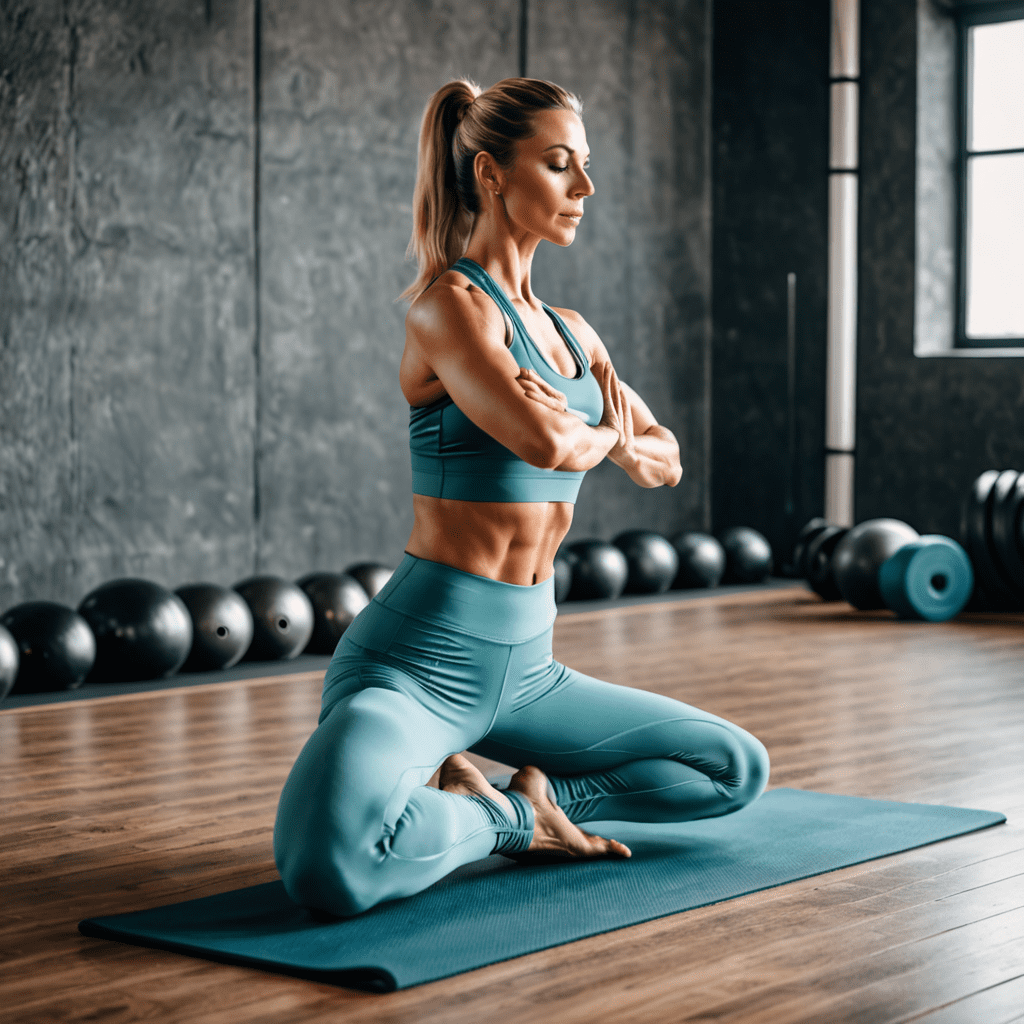
6 Tips to Improve Your Squat
Are you looking to improve your squat technique and take your lower body strength to the next level? Squats are an excellent compound exercise that target multiple muscle groups, including the quads, hamstrings, and glutes. Whether you’re a seasoned lifter or just starting out, here are six tips to help you enhance your squat form and performance.
1. Focus on Proper Form and Technique
One of the most crucial aspects of improving your squat is to master proper form and technique. Start by positioning your feet shoulder-width apart, toes pointing slightly outwards. Engage your core and keep your back straight as you lower into the squat. Aim to bring your hips parallel to the ground or slightly below. Avoid letting your knees cave in or excessively pushing them out during the movement. Practice proper form consistently, and consider working with a qualified trainer to ensure you’re using the correct technique.
2. Warm up and Mobilize
Before diving into heavy squats, it’s important to warm up your muscles and mobilize your joints. Begin with a few minutes of light cardio, such as jogging or jumping jacks, to increase blood flow and raise your body temperature. Incorporate dynamic stretches like leg swings, hip rotations, and ankle circles to prepare your lower body for the squatting motion. Additionally, consider using a foam roller or lacrosse ball to release any tight muscles or knots in your legs and glutes.
3. Strengthen Your Core and Lower Body Muscles
Strong and stable core muscles are essential for maintaining proper squat form and preventing injuries. Incorporate exercises like planks, Russian twists, and hanging leg raises to strengthen your core. Additionally, don’t neglect the muscles in your lower body. Include compound movements such as lunges, deadlifts, and step-ups in your training routine to target various muscle groups and improve overall lower body strength.
4. Gradually Increase Weight and Intensity
To make progress in your squat, it’s important to gradually increase the weight and intensity over time. Begin with a weight that challenges you but still allows you to maintain proper form. As you become more comfortable and confident with the movement, incrementally add weight to continue challenging your muscles. Avoid trying to lift too heavy too soon, as this can compromise your technique and increase the risk of injury.
5. Incorporate Assistance Exercises
Including assistance exercises in your training routine can help address weak points and improve your overall squat performance. Exercises like box squats, Bulgarian split squats, and front squats can build strength in specific muscle groups, improve stability, and enhance mobility. Focus on the areas where you feel the weakest, and customize your training plan accordingly.
6. Prioritize Recovery and Rest
Lastly, don’t overlook the importance of recovery and rest in your squatting journey. Strength gains and muscle development occur during periods of rest, so make sure to incorporate rest days into your training schedule. Engage in activities like foam rolling, stretching, and getting enough sleep to support muscle recovery. Listen to your body and take breaks when needed to avoid overtraining and reduce the risk of injuries.
FAQ
Q: I have difficulty reaching proper depth in my squat. What can I do?
A: Difficulty reaching proper squat depth can be due to various factors such as tightness in your hip flexors, ankles, or limited mobility. Incorporating mobility exercises like deep squats, goblet squats, and hip flexor stretches into your warm-up routine can help improve your squat depth over time. Gradually increase your range of motion, and focus on maintaining proper form and technique throughout the movement.
Q: How often should I squat to see improvements?
A: The frequency of squatting depends on several factors, including your training level, recovery capacity, and overall fitness goals. As a general guideline, beginners may benefit from squatting two to three times a week, while more advanced lifters could aim for three to four sessions. It’s crucial to listen to your body, allowing enough time for recovery between sessions to maximize gains and prevent overtraining.
Q: Can squat shoes help improve my squat?
A: Squat shoes, also known as weightlifting shoes, can potentially enhance your squat performance. These shoes typically have an elevated heel, which provides better ankle mobility and allows you to maintain a more upright torso during the squat. However, squat shoes are not a necessity, and many lifters see significant improvements without them. It’s worth trying them out to see if they make a difference for you, but they are not a substitute for proper form and technique.
Remember, improving your squat takes time, patience, and consistency. Focus on building a solid foundation of strength, perfecting your technique, and staying dedicated to the process. With these tips in mind, you’ll be on your way to achieving new personal records and maximizing the benefits of this powerful exercise.


